Hair extensions have become a ubiquitous beauty accessory, allowing individuals to change their hairstyles quickly and dramatically. These extensions can add volume, length, and even color to natural hair, providing versatility and creativity in personal styling. However, the origins of hair used in extensions have sparked curiosity and concern. Among the various sources of human hair, an unsettling question arises: Do hair extensions come from corpses? This article delves into the origins of hair extensions, examines ethical considerations, and explores the myths and realities surrounding this beauty industry.
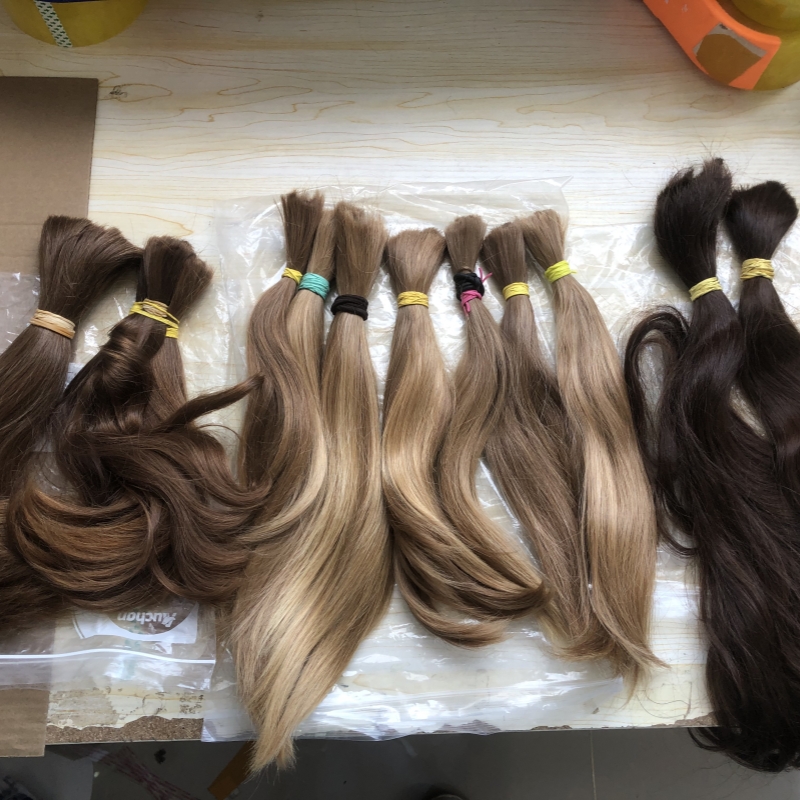
The hair used in extensions can come from several sources:
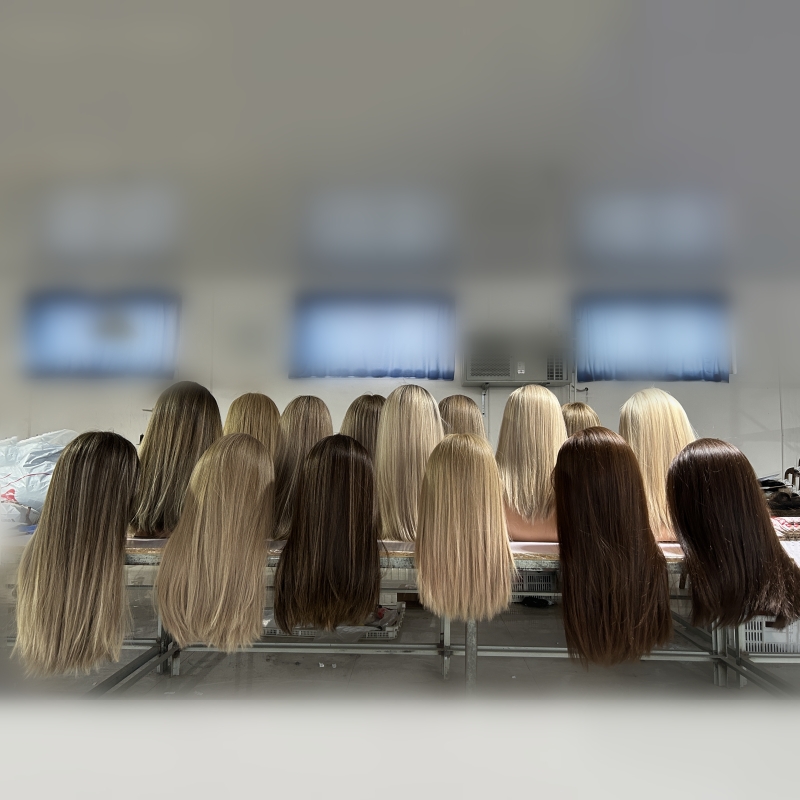
The idea that hair extensions might come from corpses is not entirely unfounded historically. In the 19th and early 20th centuries, hair from deceased individuals was sometimes used for wigs and extensions. This practice was driven by a combination of practical necessity and the societal importance placed on maintaining appearances, even in death.
In contemporary times, the use of hair from corpses is extremely rare and largely considered unethical. The primary reasons for this are:
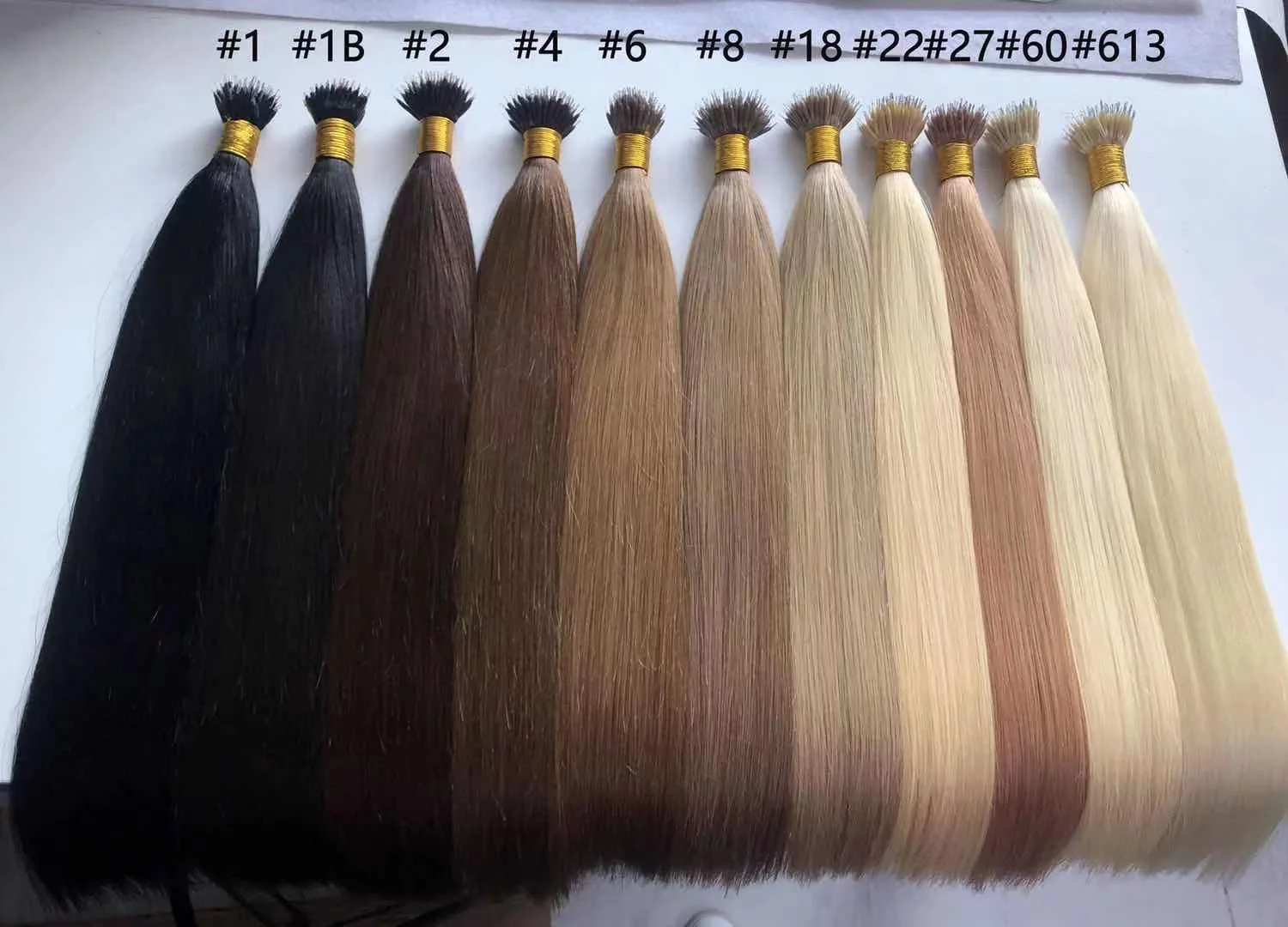
One of the foremost ethical considerations in the hair extension industry is obtaining proper consent from hair donors. Donors should be fully informed about how their hair will be used, and their consent should be documented. Transparency in the supply chain helps ensure that hair is sourced ethically and responsibly.
Ensuring that individuals who sell their hair are fairly compensated is another critical ethical concern. Exploitation of vulnerable populations for cheap hair is a significant issue. Ethical companies strive to provide fair payment to hair sellers, improving their economic conditions and fostering goodwill.
The environmental impact of hair sourcing and processing is another important consideration. Sustainable practices in sourcing, processing, and manufacturing can help reduce the industry’s ecological footprint. Companies are increasingly adopting environmentally friendly practices, such as reducing chemical use and minimizing waste.
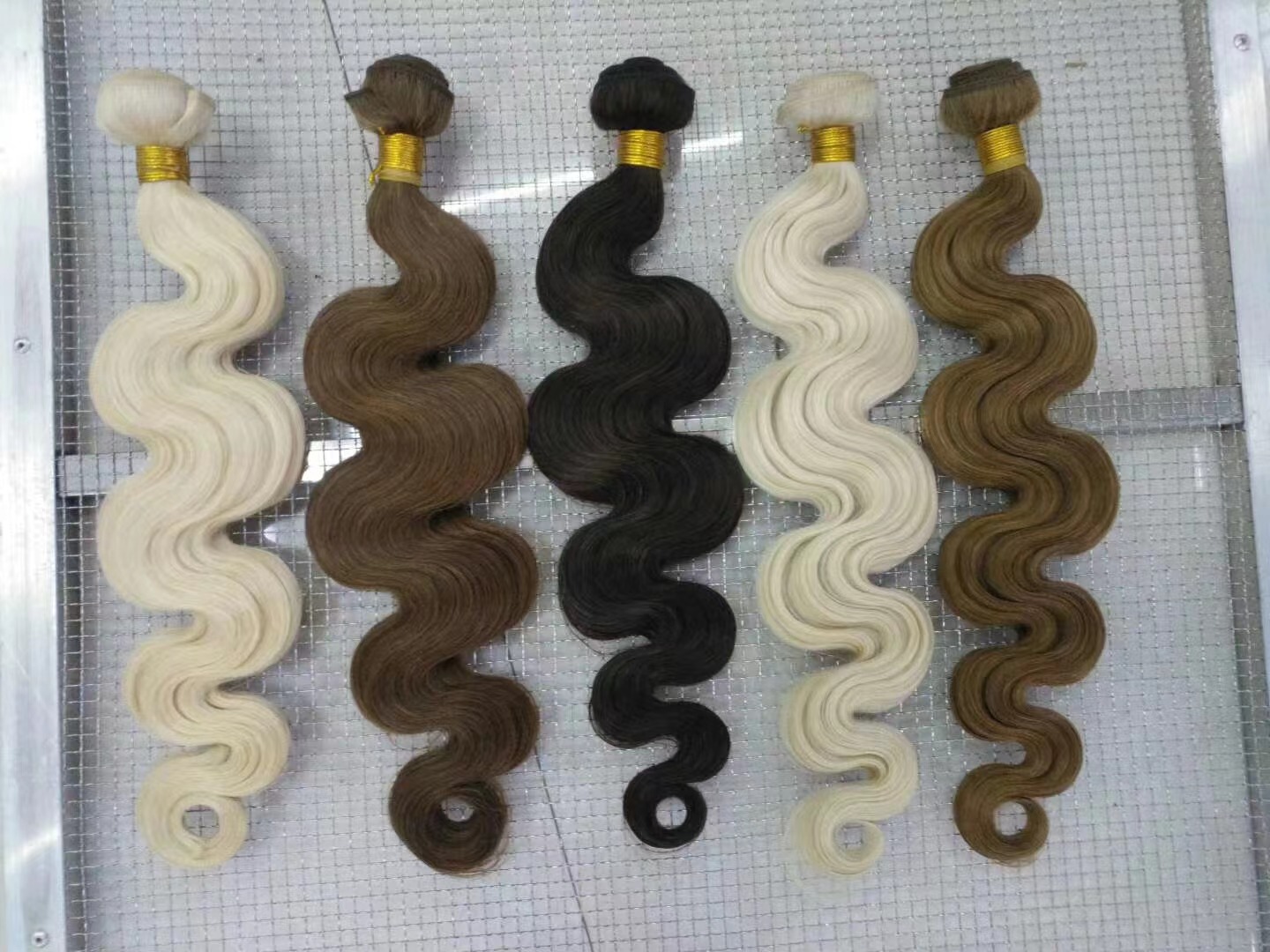
Hair extensions can be made from various types of hair, each with distinct qualities:
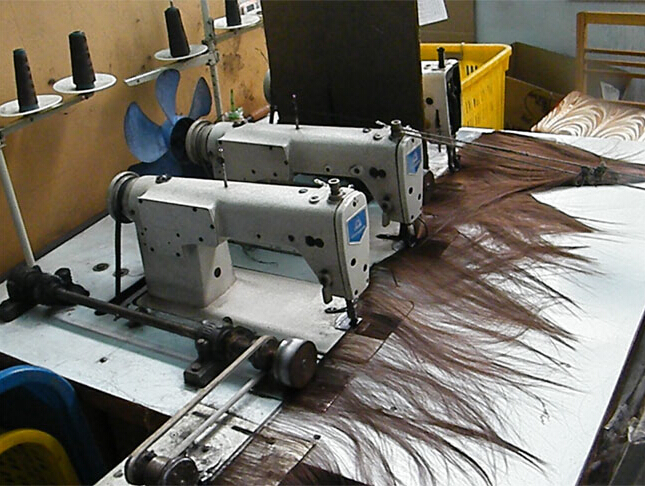
The processing of hair extensions involves several steps to ensure the hair is clean, safe, and ready for use:
The hair extension industry is subject to various regulations and standards to ensure product safety and ethical practices. Organizations like the International Organization for Standardization (ISO) provide guidelines for quality management and ethical sourcing.
Regulations also aim to protect consumers from misleading claims and substandard products. Labeling requirements ensure that consumers are informed about the type and origin of the hair they purchase.
Despite the presence of regulations, enforcing ethical practices in the global hair market remains challenging. The industry involves a complex supply chain that spans multiple countries, making it difficult to monitor and regulate all stages of hair sourcing and processing.
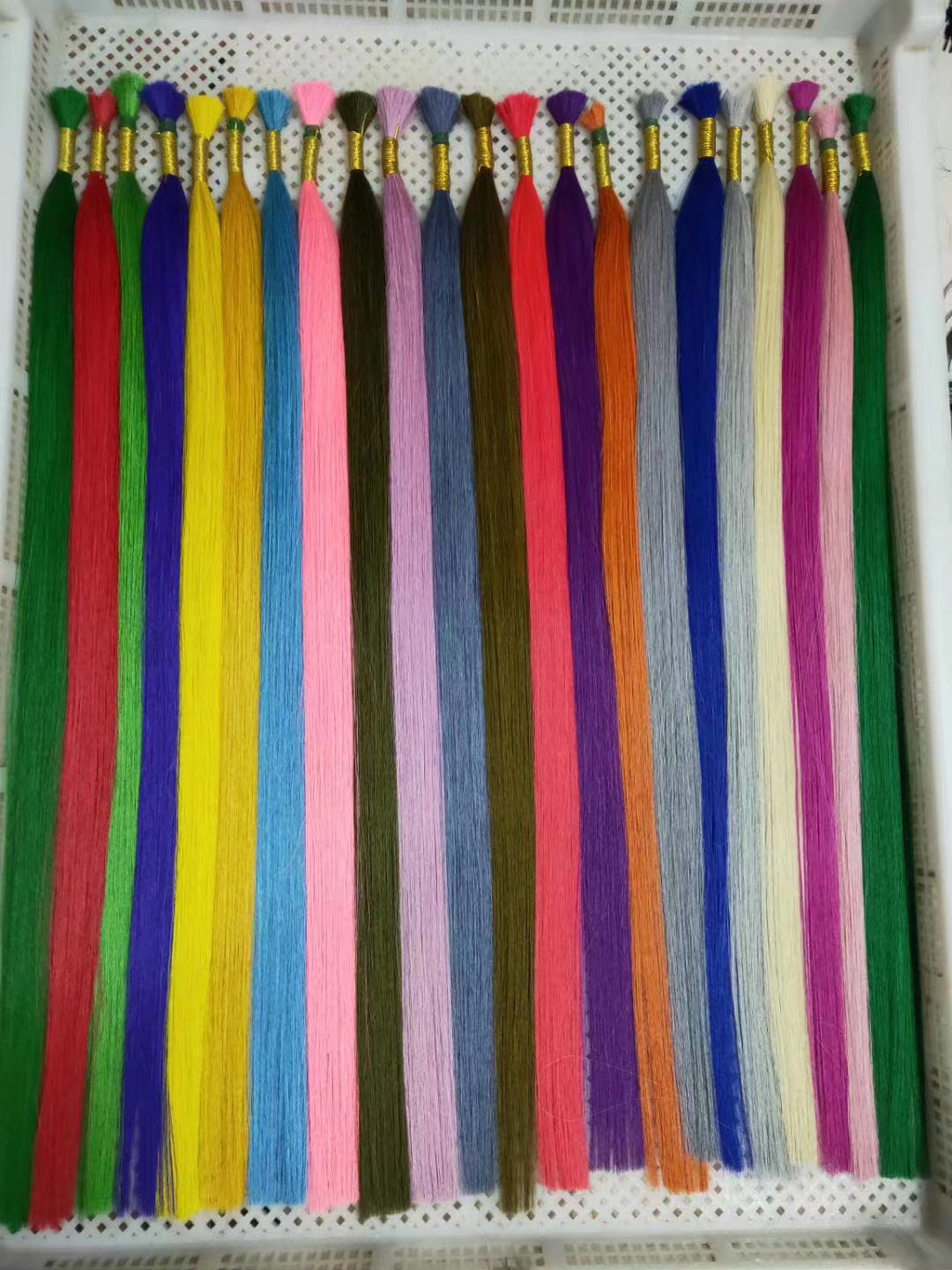
Consumers play a crucial role in driving ethical practices in the hair extension industry. By choosing products from companies that prioritize ethical sourcing and transparency, consumers can support positive changes in the industry.
As awareness about ethical issues in the hair extension industry grows, consumers increasingly demand transparency from companies. Brands that openly disclose their sourcing practices and provide fair compensation to hair sellers are more likely to gain consumer trust and loyalty.
The myth that hair extensions come from corpses is largely unfounded in the modern hair extension industry. While historical practices may have included the use of hair from deceased individuals, contemporary ethical standards and practical considerations make this source highly unlikely. The industry today relies primarily on hair from live donors, voluntary donations, and synthetic materials.
Ethical considerations, such as obtaining proper consent, providing fair compensation, and minimizing environmental impact, are paramount in ensuring responsible sourcing and production of hair extensions. Regulations and consumer awareness also play vital roles in promoting ethical practices.
By making informed choices and supporting transparent and ethical brands, consumers can contribute to a more ethical and sustainable hair extension industry. The beauty of hair extensions lies not only in their ability to transform appearances but also in the stories and ethical practices behind their creation.
Emeda Hair is committed to ethical sourcing practices, ensuring that all hair used in their extensions is obtained in a responsible and transparent manner. Here’s a detailed look at how Emeda Hair maintains its high ethical standards:
Feel Free to contact us for future information or quotation,
Contact: Queena Wang
Tel/whatsapp: +86 18562611506
Email: sales06@emedahair.com

New customization and stock clearance
WhatsApp us